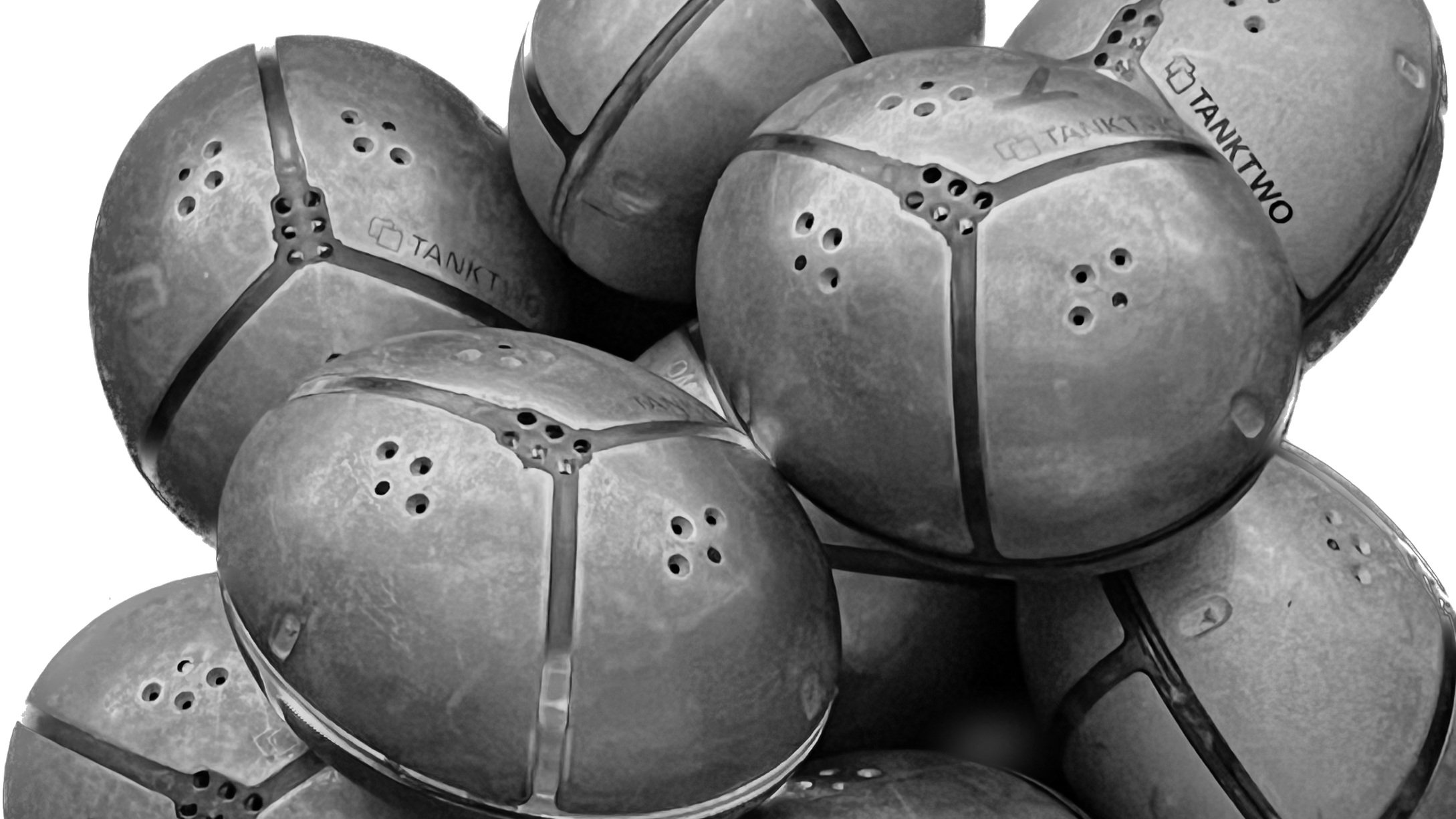
Cold-Temperature-Tolerant Custom Battery Packs
Lithium iron phosphate (LFP) chemistry offers many advantages. They have the longest lifespan among popular options (2,000 to 5,000 discharge cycles) and high efficiency (around 95%). While not as energy-dense as lithium cobalt chemistry, it’s sufficiently so for many applications to be space- and cost-efficient.
Most importantly, LFP is intrinsically safe and not susceptible to thermal runaway events. Since the chemistry doesn’t rely on a mineral (cobalt) that almost exclusively comes from an often politically unstable region (i.e., the Democratic Republic of the Congo), the supply chain is relatively stable and predictable.
However, there’s one caveat.
These high-endurance LFP cells can’t operate below 1 or 2 degrees Celsius. The cells break when they charge. High-quality cells come with protective circuitry that stops them from charging when the temperature drops below 1 or 2 degrees to prevent damage.
While our solutions have protective circuitry, the problem remains — the LFP batteries can’t charge when the ambient temperature drops too low.
The temperature constraint isn’t an issue for indoor applications. However, it limits the choice of battery chemistry for customers in industries that must operate equipment outdoors and under variable, unpredictable conditions (e.g., military, construction, mining).
Sure, you can find a way to warm the LFP cells around the clock to keep them charged. But (1) heat generation takes time and a lot of power, drastically lowering the efficiency, and (2) something still needs to generate the heat and maintain the temperature — where will the power come from?
In most cases, battery designers turn to lithium cobalt oxide (LiCoO2) batteries because these cells can charge in freezing conditions (down to -20 degrees Celsius). However, they lack LFP’s high-endurance characteristics and longevity advantage, translating into a higher total cost of ownership (TCO).
Can you have your cake and eat it too—make a long-lifespan, high-endurance battery pack that can operate in cold temperatures?
Yes, if you could (1) mix LiCoO2 cells with LFP cells in the same pack and (2) have the ability to replace the LiCoO2 cells independently (they have a shorter lifespan) without tossing out the entire pack.
Most battery veterans would tell you mixing battery cells of different chemistries and ages is impossible. You should just put up with the limitations, bear the cost, and grind through the inconvenience.
We say otherwise. Thanks to our Dycromax Architecture, the Tanktwo Battery Operating System (TBOS) makes mixing cells of different chemistries and ages simply a matter of adjusting a few software parameters.
How the Tanktwo cold-temperature-tolerant battery pack works
Our cold-temperature-tolerant battery packs contain mostly high-endurance LFP cells for longevity and the biggest bang for the buck. It also has a smaller LiCoO2 component for added resiliency under cold conditions.
We wrap the LiCoO2 cells around the LFP cells for prolonged operations in cold weather. When they generate heat, the LFP cells will kick back into action.
Now, you may wonder, if the lifespans of LFP and LiCoO2 are different, what happens when the LiCoO2 cells die?
Without TBOS’s ability to mix cells with different chemistries and ages, you must toss out the entire battery pack, erasing LFP’s longevity benefits. However, with our software-defined battery (SDB) capabilities, you can easily swap the used LiCoO2 cells with new ones without throwing out the LFP cells.
We can also program how hard each battery chemistry works, making the LiCoO2 and LFP cells age at around the same rate to prolong the lifespan of the entire battery pack under favorable operating conditions.
Our cold-temperature-tolerant custom battery packs optimize endurance, longevity, reliability, and flexibility to operate in a broader range of environmental conditions without compromise.

